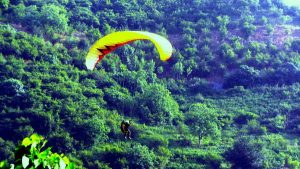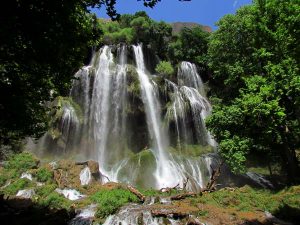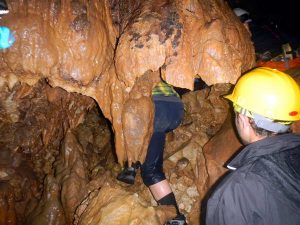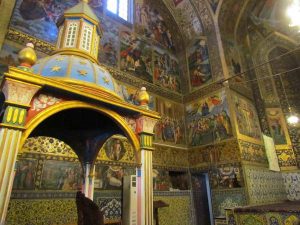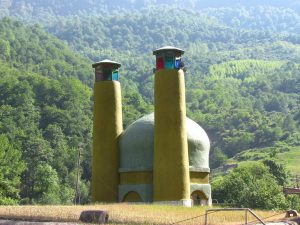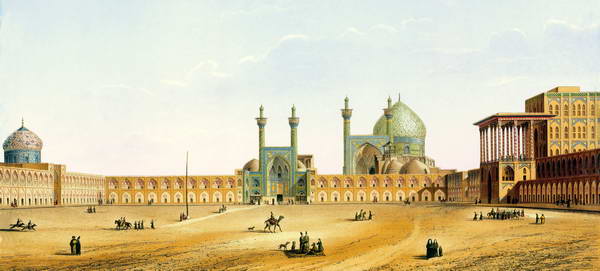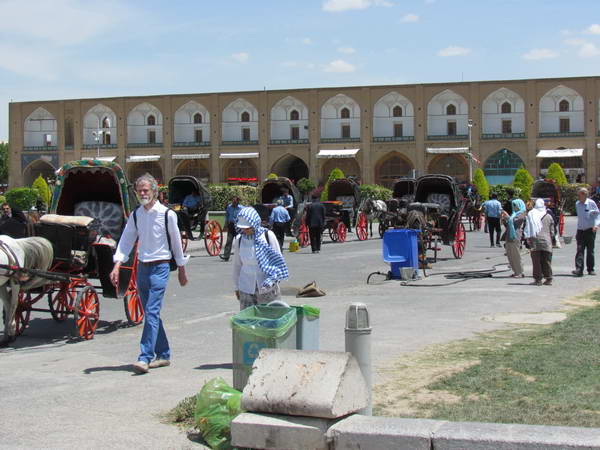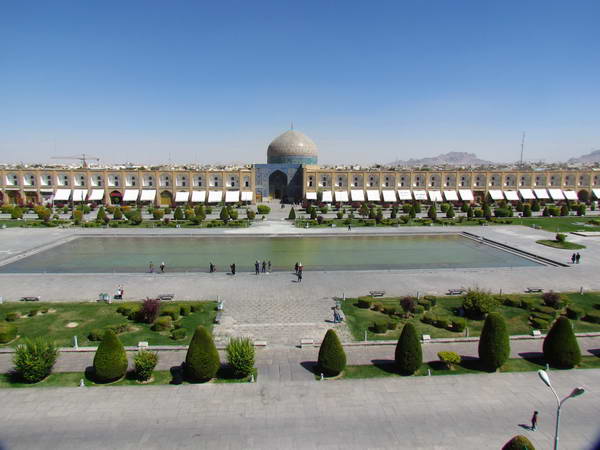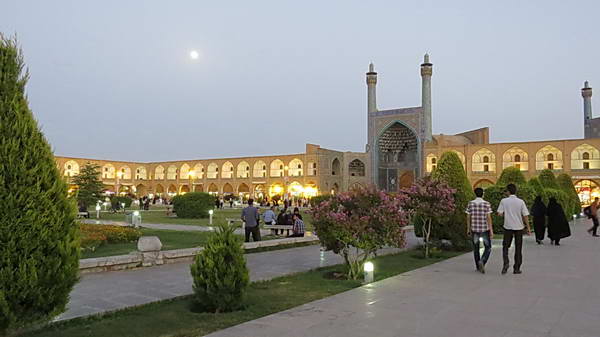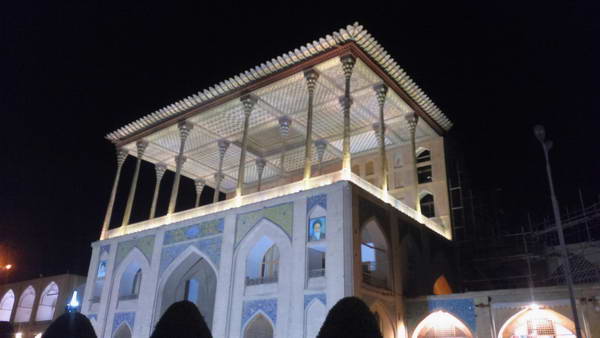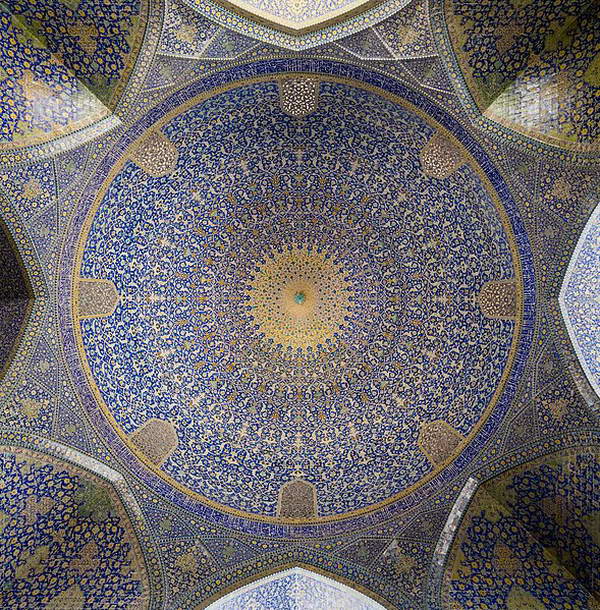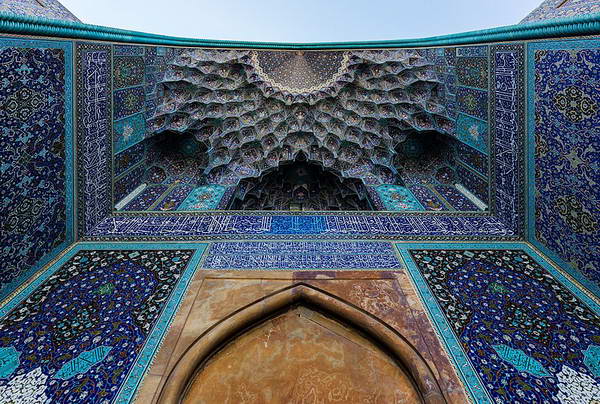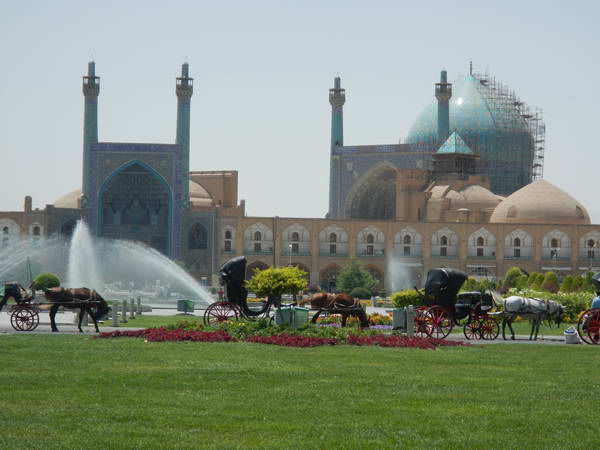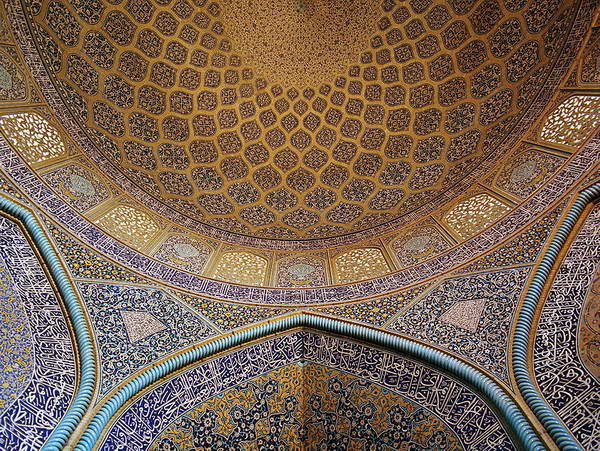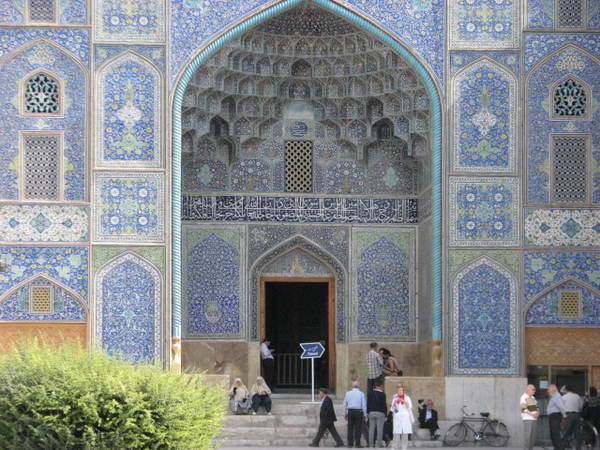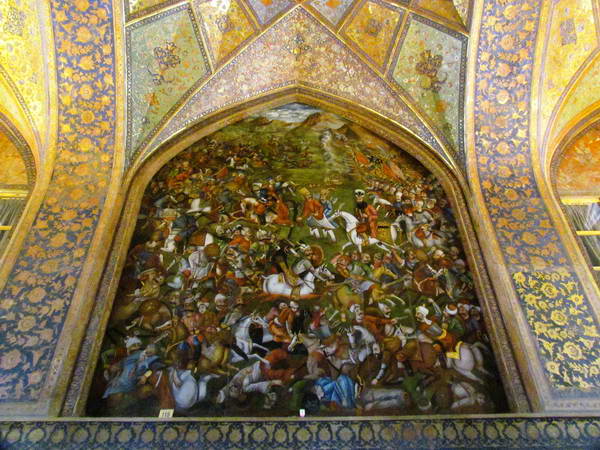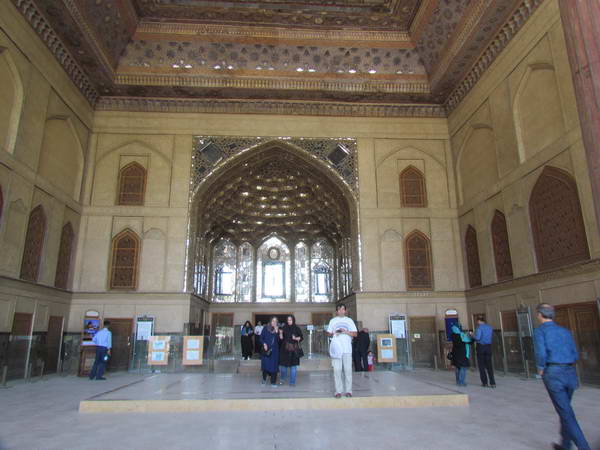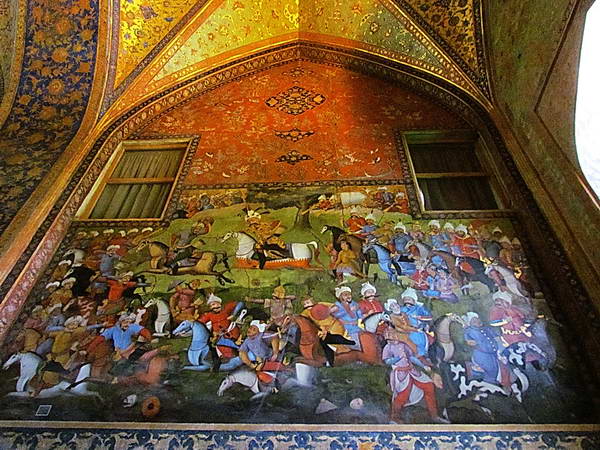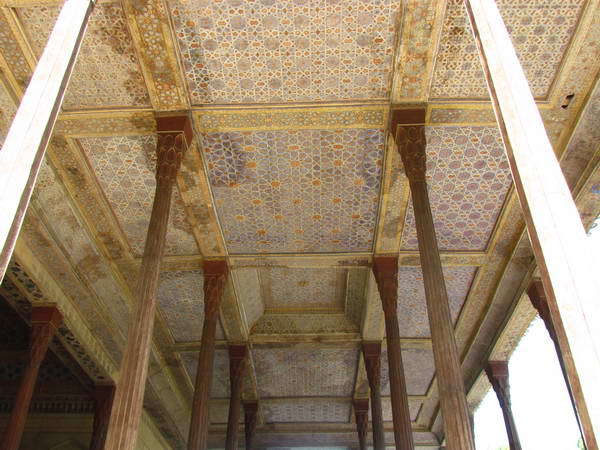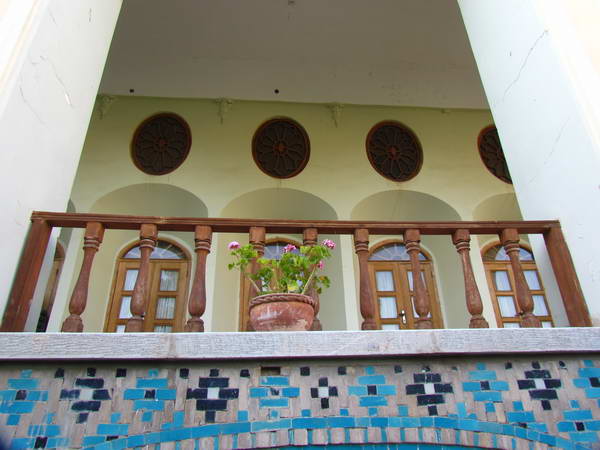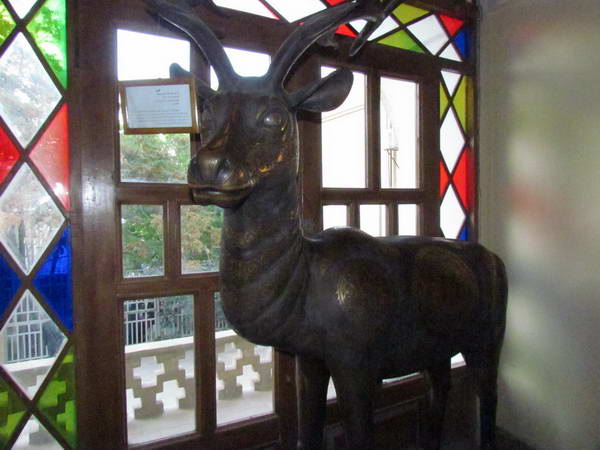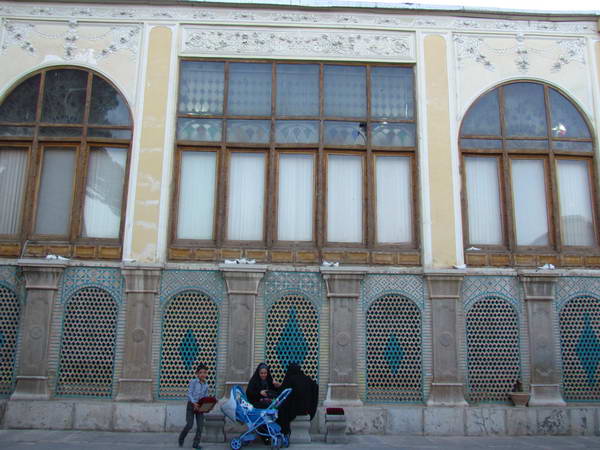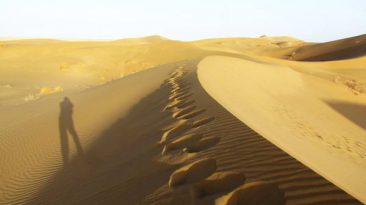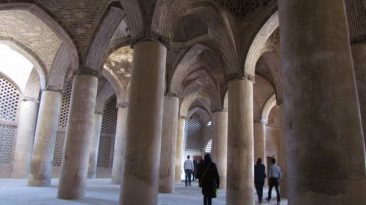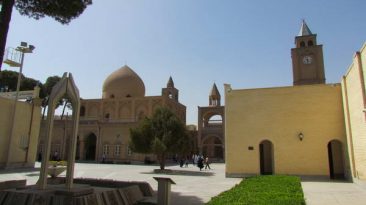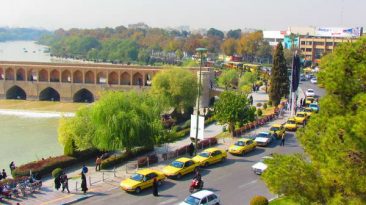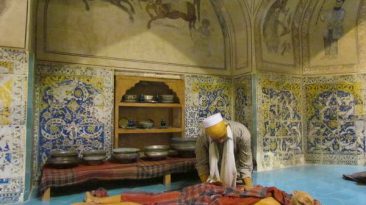In our first day tour in Isfahan, we have a visit to famous historical monuments. Naghshe Jahan Square, Shah Mosque, Sheikh Lotfollah Mosque, Aali Qapo Palace, Chehel Soton Palace. We also visit the Museum of Decorative Arts and the Museum of Contemporary Art, which are housed in a historic house. All these historical monuments are located close to each other in the center of Isfahan’s historical context.
Historical Naqhshe Jahan Square
Naghshe Jahan Square, also known by the historical name of Shah Square and after the Iranian Revolution with the official name of Imam Square, is the central square of Isfahan, which is located in the heart of the historical complex of Naghshe Jahan.
Historic buildings on the four sides of Naghshe Jahan Square include Aliaqapo Palace , Shah Mosque (Imam Mosque), Sheikh Lotfollah Mosque and Qaisarieh Gate, which is the main entrance of Isfahan Bazaar. In addition, there are two hundred two-story rooms around the square, which are generally the place of supply of Isfahan handicrafts.
Naghshe Jahan Square is one of the first Iranian works to be inscribed on the UNESCO World Heritage List.
Naghshe Jahan Square is a rectangular square 560 meters long and 160 meters wide. The building in the current form of Naghshe Jahan Square belongs to the Safavid period and the date of completion of construction in 1315 AD and 1636 AD.
The French knight Jean Chardin has called Naghsh-e Jahan the most beautiful square in the world. During the reign of Shah Abbas the Great and his successors, the square was a place for polo, army parades, lighting, and various shows during the days of royal celebrations, and for people to walk and shop on other days.
Two stone polo gates from that period still remain on the field, which indicates the practice of polo in that period and is the oldest polo gate in the world.
Naghsh Jahan Square and its surrounding area have been completely dedicated to walking and strolling in recent years. Of course, cycling and Carriage riding are allowed in this square.
Google map link of Naghsh-e Jahan Square
Aali Qapu Palace, magnificent and exquisite
Aali Qapu Palace is located in Isfahan on the west side of Naghsh Jahan Square and in front of Sheikh Lotfollah Mosque.
The construction of Aali Qapu Palace began after the transfer of the capital from Qazvin to Isfahan by Shah Abbas I, in 973 AH, as the seat and government of the Safavid sultans. It was then completed by other Safavid kings over 70 years.
Aali Qapu Palace is 48 meters high and has 6 floors that can be reached by spiral staircases.
What has made Aali Qapu one of the most magnificent and exquisite works of the Safavid era are the plasterworks in a hall on the top floor of the mansion. This hall called the “Music Room” or the “Sound Room”.
Also, the murals and miniatures of the famous Safavid artist Reza Abbasi have decorated the walls of Aali Qapu Palace. Some of Aali Qapu Palace murals are the work of European artists (Angel and Lucar) who were present during the reign of Shah Suleiman the Safavid in Iran.
Shah Abbas watched from Aali Qapu porch, polo and plays that were running in Naghsh Jahan Square, . He also dealt with the affairs of the country in Aali Qapo and issued the necessary laws. Another use of this palace is to receive special guests of the Shah.
Aali Qapu Palace has a different view on each side, so that it has a 2-storey view from the front of Naghsh Jahan Square, a 5-storey view from behind the building, and 3 floors from the sides of the building. In fact, Aali Qapu Palace, including the ground floor as the first floor, has a total of 6 floors.
The large porch of Aali Qapu Palace, which is supported by 18 tall columns, is located on the third floor of this palace and overlooks Naghsh Jahan Square.
Aali Qapu Palace has three staircases, including two symmetrical spiral staircases in the western part of the building and a staircase known as the royal stairs.
The music hall on the sixth floor of Aali Qapu Palace is the distinguishing feature of Aali Qapu Palace from other historical monuments. In the music hall, you will see the shapes of all kinds of wineglass and musical instruments in the form of plasterworks and cavities inside the wall and ceiling of the rooms in this hall. These cavities give the hall an acoustic state and prevent the reflection of sound when playing music.
Google map link of Aali Qapu Palace
Historical Shah Mosque of Isfahan or Abbasi Grand Mosque
Historical Shah Mosque, also known as the Abbasi Grand Mosque and the Imam Mosque, is the most important historical mosque in Isfahan and one of the mosques in Naghshe Jahan Square, which was built during the Safavid period and is considered one of the most important buildings of Islamic architecture in Iran. The Abbasi Grand Mosque, along with Naghshe Jahan Square, is a UNESCO World Heritage Site.
The Shah Mosque, which is located on the south side of Naghshe Jahan Square, was started in 1020 AH by the order of Shah Abbas I, in the twenty-fourth year of his reign, and its decorations and additions were completed during the reign of his successors. Shah Mosque is one of the architectural and tiling masterpieces of Iran in the 11th century AH.
The height of the huge dome of Shah Mosque is 52 meters and its diameter is 23.5 meters and the height of the minarets inside it is 48 meters and the height of the entrance minarets in Naghshe Jahan Square is 40 meters. One of the interesting points in the Abbasi Grand mosque is the reflection of sound in the center of the Great Southern Dome.
This huge mosque has two symmetrical naves on the east and west sides of the courtyard. There are two schools symmetrically at the southwest and southeast angles, which also have rooms for religious students. The height of the south large porch of the Shah mosque is 33 meters and there are two minarets on its sides, each of which is 48 meters high. These two minarets are decorated with tiles and the names of Mohammad and Ali are repeatedly engraved on it. The main decorations of the Abbasi Grand mosque are made of seven-colored clay tiles. There are a total of seven large Sangabs in the Shah Mosque.
Google map link of Historical Shah Mosque
Sheikh Lotfollah Historical Mosque, a masterpiece of architecture and tiling
Sheikh Lotfollah Mosque (built in 1602-1619 AD) is one of the historical and well-known mosques in Isfahan, on the eastern side of Naghshe Jahan Square and belongs to the Safavid era. This mosque is a masterpiece of architecture and tiling of the 11th century AH, which was built by master Mohammad Reza Isfahani, one of the famous architects of that period. Sheikh Lotfollah Mosque is named after one of the great scholars of the Safavid era, Sheikh Lotfollah Jabal Ameli, one of the great scholars of the Safavid period. He was a resident of Jabal Amel in Lebanon who, like Sheikh Baha’i and some other scholars, emigrated from Lebanon to Iran by Shah Abbas. On the other hand, Sheikh Lotfollah was the father-in-law of Shah Abbas the great.
The tile decoration of Sheikh Lotfollah Mosque is covered with mosaic tiles inside. Also, inside and outside the dome, which is one of the most beautiful domes in the world, is covered with exquisite mosaic tiles. The inscriptions of this mosque are written by Alireza Abbasi and another calligrapher named Baqer Banna. This mosque is not similar to other mosques because it has no minaret and no entrance nave or courtyard, and its entrance has stairs.
Gooogle map link of Sheikh Lotfolllah Mosque
Chehel Sotoon Palace, the most luxurious palace of the Safavid period
Chehel Sotoon Palace is one of the most beautiful historical buildings in Isfahan related to the Safavid era. The area of the Chehel Sotoon Palace is 2120 square meters, which is located in a garden with an area of 67,000 square meters. The construction of this palace began during the reign of Shah Abbas I and was completed during the reign of Shah Abbas II in 1057 lunar year.
The architecture of the Chehel Sotoon Palace is a combination of Chinese, Persian and French architecture.
The palace has a main porch 38 meters long, 17 meters wide and 14 meters high, which is built facing east. The columns of this porch are octagonal and made of sycamore and pine wood. This porch is connected to the Hall of Mirrors. The roof and body of the Hall of Mirrors, in addition to wooden frames, have delicate and elaborate mirrors. On either side of this hall are rooms that are currently used for seasonal exhibitions. These rooms have murals, some of which are considered masterpieces of painting. Most of these paintings were hidden under a layer of plaster during the reign of Zol-e-Sultan, which was excavated and restored with the help of experts and specialists.
Through the Hall of Mirrors, we enter the large and central hall of the Chehel Sotoon Palace, which is also known as the Kingdom Hall or Ashraf Hall. The central hall of the palace, which is dedicated to entertaining foreign guests and personalities from other countries, contains large murals depicting the historical events of different eras. This magnificent hall with its excellent gilded decorations and murals is one of the masterpieces of that era.
The paintings in the central hall describe the reception of Shah Abbas I and II and Shah Tahmaseb of the rulers of Turkestan and Homayoun Hindi, as well as the war of Shah Ismail I with the Uzbeks. The other two paintings depicting the Battle of Chaldoran during the reign of Shah Ismail I and the Battle of Karnal during the reign of Nader Shah Afshar were painted in the early Qajar period.
On either side of the central hall of the Chehel Sotoon Mansion are porches with paintings of ambassadors and Europeans who were in Isfahan at the time. These paintings were painted by two Dutch painters named Anjel and Lokar.
There are two large pools in front of and behind the Chehel Sotoon Palace. Stone and wall artifacts around these pools have been transferred from other palace or Safavid mansions to this place.
Garden and mansion of the magnificent Chehel Sotoon Palace, is located along Sepah Street in Isfahan.
Google map link of Chehel Sotoon Place
Museum of Decorative Arts of Isfahan & Museum of Contemporary Art
The Museum of Contemporary Art of Isfahan is located next to the Museum of Decorative Arts on Ostandari Street in Isfahan.
The buildings of both museums are parts of the historical mansion of Rakib Khaneh, which belongs to the Safavid period, which was used as the house of Massoud Mirza Zel-e Sultan, the ruler of Isfahan, after reconstruction and alterations in the Qajar period.
In Isfahan Museum of Contemporary Art, exhibitions of paintings and calligraphy and other contemporary arts are held periodically.
On the other hand Museum of Decorative Arts includes different sections such as calligraphy and writing artworks, various pens and lacquer objects, jewelry and metal utensils, painting section (different styles of Iranian painting), handicrafts section, traditional rugs and glass, pottery, porcelain and wooden works. This museum also has a library in all fields of art.
Google map link of Museum of Decorative Arts of Isfahan

